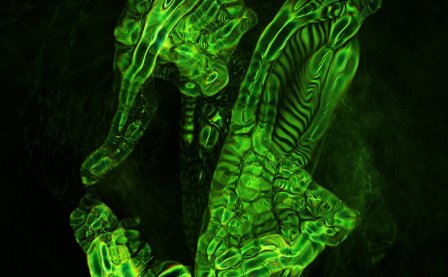A HOW TO GUIDE FOR MIXING POP, EXPERIMENTAL, AND CLASSICAL MUSIC:
Guys, combining classical music, electronic experimentation, and pop is dangerous business. If you don’t do it tastefully, you can quickly wind up with a hammy goof of a piece like this. However, if you follow these easy steps, you too can make a texturally rich composition that blurs genre lines:
STEP 1: Be Laurel Halo, Julia Holter, or Daniel Wohl.
STEP 2: Clearly understand how your live electronics can seamlessly and gorgeously blend with your ensemble of choice.
STEP 3: Exhibit some knowledge that the Lovely Music Ltd. gang really knew what was up with regards to this whole cross-pollination thing. Robert Ashley, in particular, is a great model for text setting.
STEP 4: Allow for improvisation/different levels of compositional control within the ensemble. This will result in a product that bears some musical similarities to your collective past but ultimately becomes something else entirely.
STEP 5: Avoid relying on those polyrhythmic Philip Glass-ian arpeggios. I get it. They sound cool. They’re all tonal chords and work great in a pop song. There’s nothing terribly wrong with this, but there are all different types of minimalism out there. Maybe try some of the Wandelweisser variety. Space and drones are a good thing.
STEP 6: Don’t be afraid to channel your inner Burt Bacharach.
If at any point you need a concrete example of what to do, please refer to Julia Holter, Laurel Halo, and Daniel Wohl’s recent live collaboration with new music quintet Transit, which is streaming in its entirety via WQXR below. It’s a truly forward-looking example of the intersections of experimental music, pop, and classical composition that excellently illustrates how to put the above principles into action.
• Laurel Halo: http://www.laurelhalo.com
• Julia Holter: http://www.juliashammasholter.com
• Daniel Wohl: http://www.danielwohlmusic.com
• Transit: http://www.transitnewmusic.com
More about: Laurel Halo



